5 Tips for Recruiting Top Talent in the Construction Industry
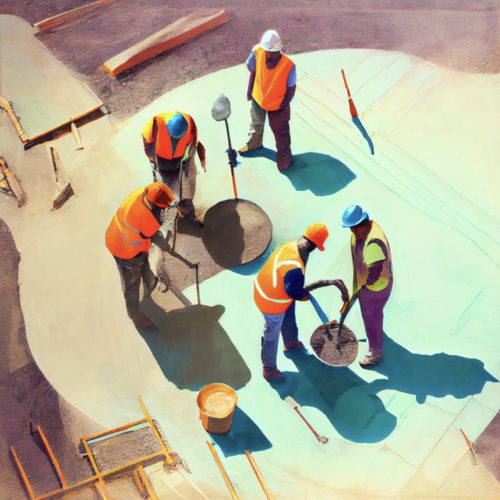 Clearly define the role and responsibilities
Clearly define the role and responsibilities
Before you start recruiting, make sure you have a clear understanding of the role you are trying to fill and the specific skills and experience required for the position. This will help you attract the right candidates and ensure that you are hiring the best fit for the job.
Use multiple recruitment channels
There are many different ways to recruit top talent in the construction industry, including job boards, social media, employee referrals, and industry events. Using a variety of channels will help you reach a wider pool of potential candidates. By having a clear understanding of what you are looking for, you will be able to attract the right candidates and ensure that you are hiring the best fit for the job. Consider using a combination of online and offline methods to reach a wide range of potential candidates.
Offer competitive benefits and salary
Top talent in the construction industry often has a lot of options when it comes to job opportunities. To attract the best candidates, you need to offer competitive benefits and salary packages. This includes things like health insurance, retirement plans, and professional development opportunities.
Experience the power of whoppit for yourself and sign up now
Foster a positive company culture
A positive company culture is crucial for attracting and retaining top talent. Make sure your company values and mission align with the goals and values of the people you are trying to hire. Consider offering flexible work schedules and a positive work-life balance to show potential candidates that your company values their well-being. Consider offering opportunities for employee involvement and input, as well as a supportive and collaborative work environment.
Focus on training and development
Investing in the training and development of your employees can help you attract top talent in the construction industry. This includes providing ongoing training and professional development opportunities, as well as offering opportunities for advancement within the company. By showing potential candidates that you are committed to their growth and development, you can differentiate yourself from other employers and attract top talent.
Overall, recruiting top talent in the construction industry requires a strategic and proactive approach. By using multiple recruitment channels, offering competitive benefits and salary packages, fostering a positive company culture, and investing in employee training and development, you can attract the best candidates and build a strong, skilled workforce.

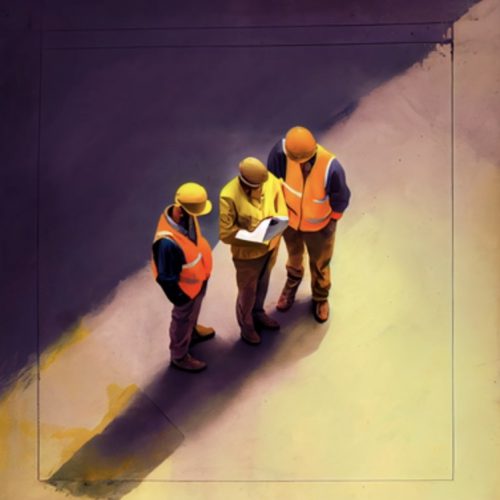 Construction is an industry that has historically been slow to adopt new technologies. However, in recent years, there has been a significant push towards digitization and automation in the sector. This shift has had a significant impact on the way construction companies recruit and train their employees.
Construction is an industry that has historically been slow to adopt new technologies. However, in recent years, there has been a significant push towards digitization and automation in the sector. This shift has had a significant impact on the way construction companies recruit and train their employees.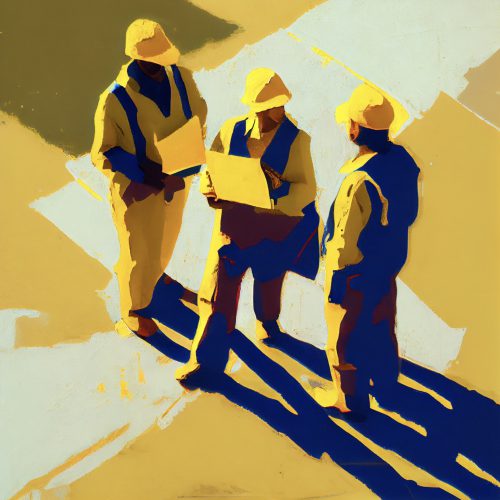 Interpersonal skills: Interpersonal skills refer to the ability to communicate and interact effectively with others. In the construction industry, strong interpersonal skills can help build and maintain positive relationships with colleagues and clients.
Interpersonal skills: Interpersonal skills refer to the ability to communicate and interact effectively with others. In the construction industry, strong interpersonal skills can help build and maintain positive relationships with colleagues and clients.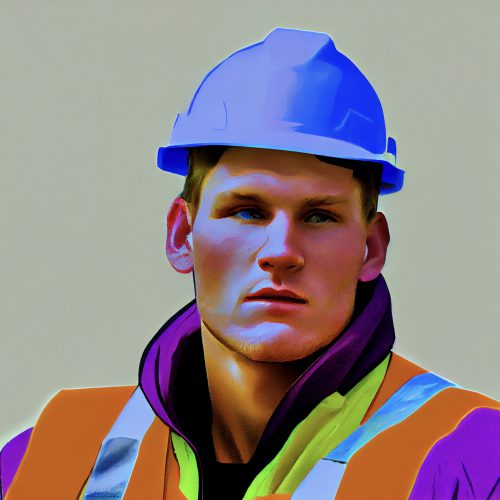 Outlining Skills
Outlining Skills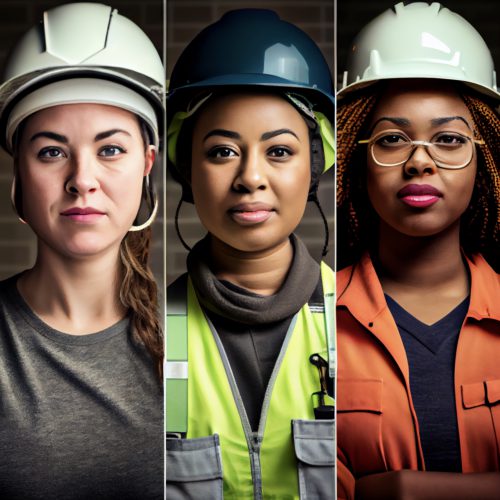 The construction industry has long been known for its lack of diversity. However, a growing body of evidence suggests that diversity in the workplace can lead to numerous benefits, including improved problem-solving, increased innovation, and enhanced decision-making. Therefore, it is crucial for construction companies to prioritise diversity in their recruitment efforts.
The construction industry has long been known for its lack of diversity. However, a growing body of evidence suggests that diversity in the workplace can lead to numerous benefits, including improved problem-solving, increased innovation, and enhanced decision-making. Therefore, it is crucial for construction companies to prioritise diversity in their recruitment efforts.